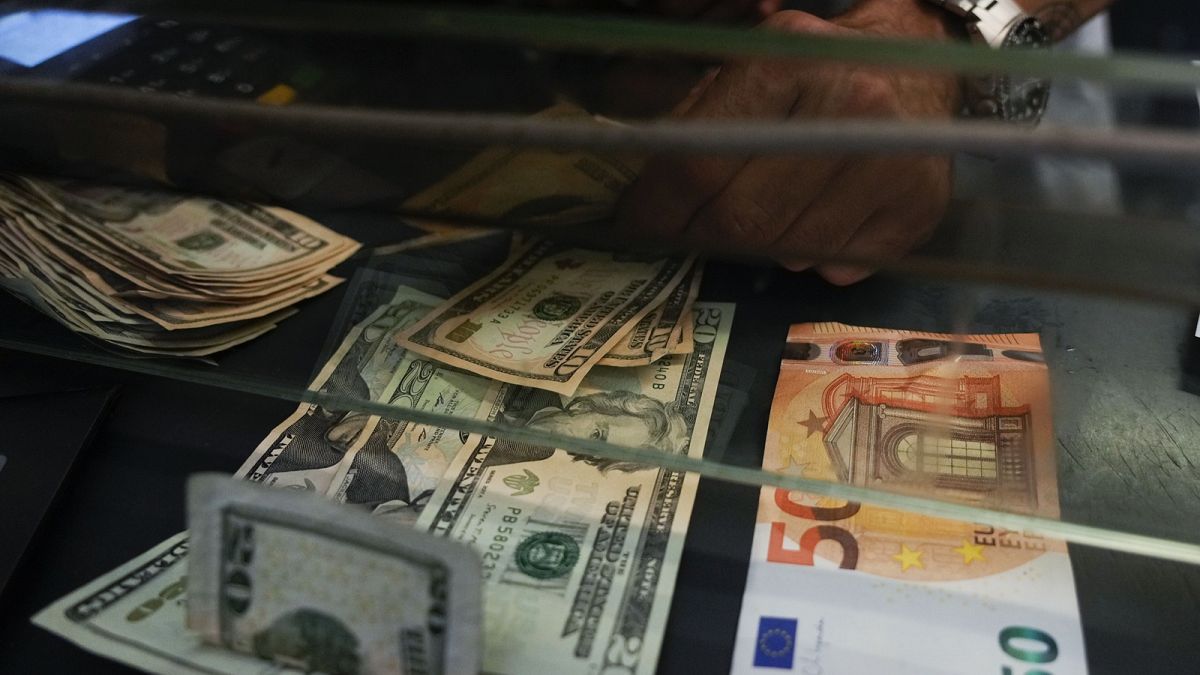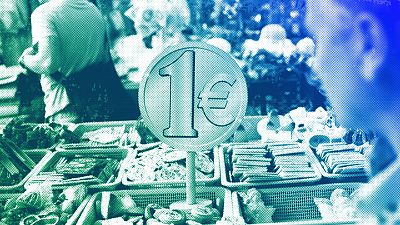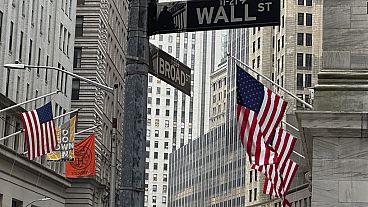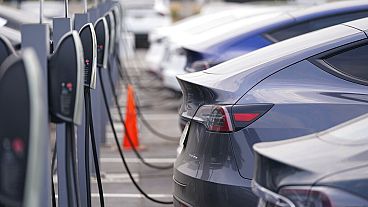A weaker euro will make European exports immediately cheaper in international markets.
Europeans are this week grappling with something unthinkable just a few months ago: the euro sliding towards parity with the American dollar.
This means 1 EUR equals 1 USD.
The last time the euro fell below the dollar was November 2002, when the common currency was still in its infancy. The euro gradually strengthened and remained above the dollar ever since.
Consumers, companies and governments became used to this financial status quo, which lasted even through the worst times of the European debt crisis.
But when Russia launched the invasion of Ukraine, a sudden economic shock turned the norms upside down.
The euro began losing value on 24 February, a trend that accelerated in June as fears grew the Kremlin would move to completely cut off gas supplies to the EU in retaliation for Western sanctions.
By mid-July, the two currencies were neck and neck.
How will the euro-dollar parity affect Europeans?
Euronews spoke with Maria Demertzis, interim director at Bruegel, to find out more about the consequences of this momentous monetary shift.
"At the moment it hits the parity, it feels some sort of a limit has been broken," said Demertzis. "It has a lot of symbolic value."
Watch the video above to discover what the euro-dollar parity means for you and the EU.



